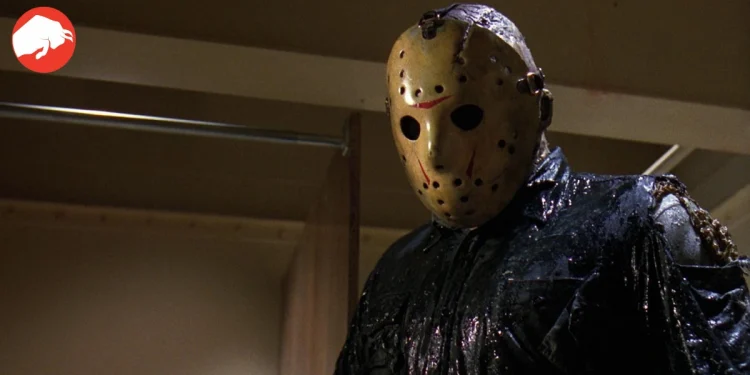From Screen to Reality: Backdrops of The Friday the 13th Series
Dare to venture into the sinister territories frequented by one of horror cinema’s most notorious villains? Nestled in dense woods, alongside serene yet eerily silent lakes, lies the legacy of Jason Voorhees. The Friday the 13th series, much celebrated in the annals of horror film history, owes a spectral nod to its varying shooting locales that have, over the decades, morphed into entities of dark lore themselves.
Crystal Lake: More Than a Fictional Nightmare
“Dense coverage for Jason to hide under the cover of darkness,” the inherent eeriness of Camp Crystal Lake, as brought to life in various physical locations, starkly underscores the series’ thematic crux. But what about the locales that breathed life into the haunting cinematography of the series?
“The real-world setting of the first Friday the 13th film is by far the most famous,” were words utilized to convey the potency of Camp No-Be-Bo-Sco in Hardwick, New Jersey. A now-iconic space, it occasionally opens its arms to fans, offering a rare glimpse into the storied past of the franchise, during special “Crystal Lake Tours.”
A Journey Through Horrific Terrains: Locations Revealed
The Birthplace of Fear: Camp No-Be-Bo-Sco
In the very first “Friday the 13th” (1980), the eerie Camp Crystal Lake came to life at a Boy Scout retreat called Camp No-Be-Bo-Sco, nestled in Hardwick, New Jersey. Though the camp remains active today, the legacy of Jason lingers. Occasional Crystal Lake Tours, complete with props and memorabilia, are offered for die-hard fans.
“The date of Friday the 13th has become a sort of holiday for the community,” locals from nearby Blairstown reveal. Not only does the town hold a “Jason Fest” to honor the film’s legacy, but the community also celebrates at Roy’s Hall concert venue, which had its cinematic debut in the movie.
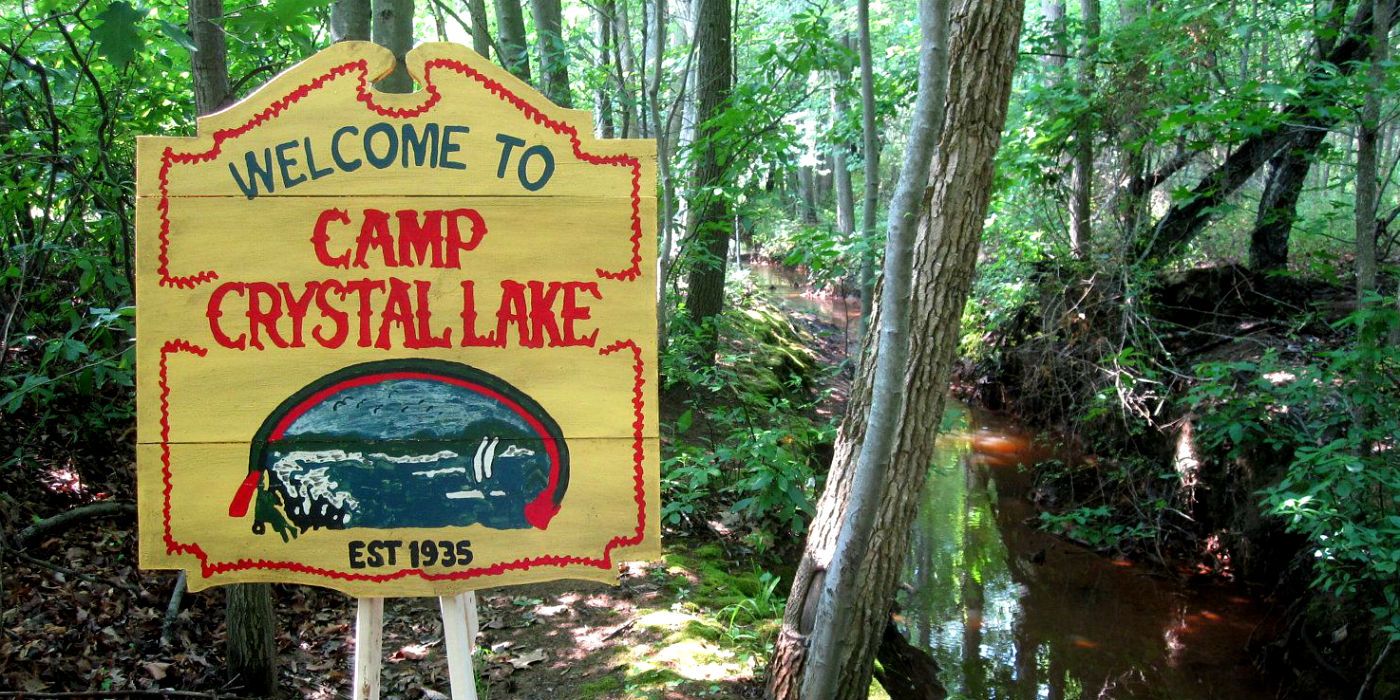
Unearthing Part 2: Connecticut’s Creepy Corners
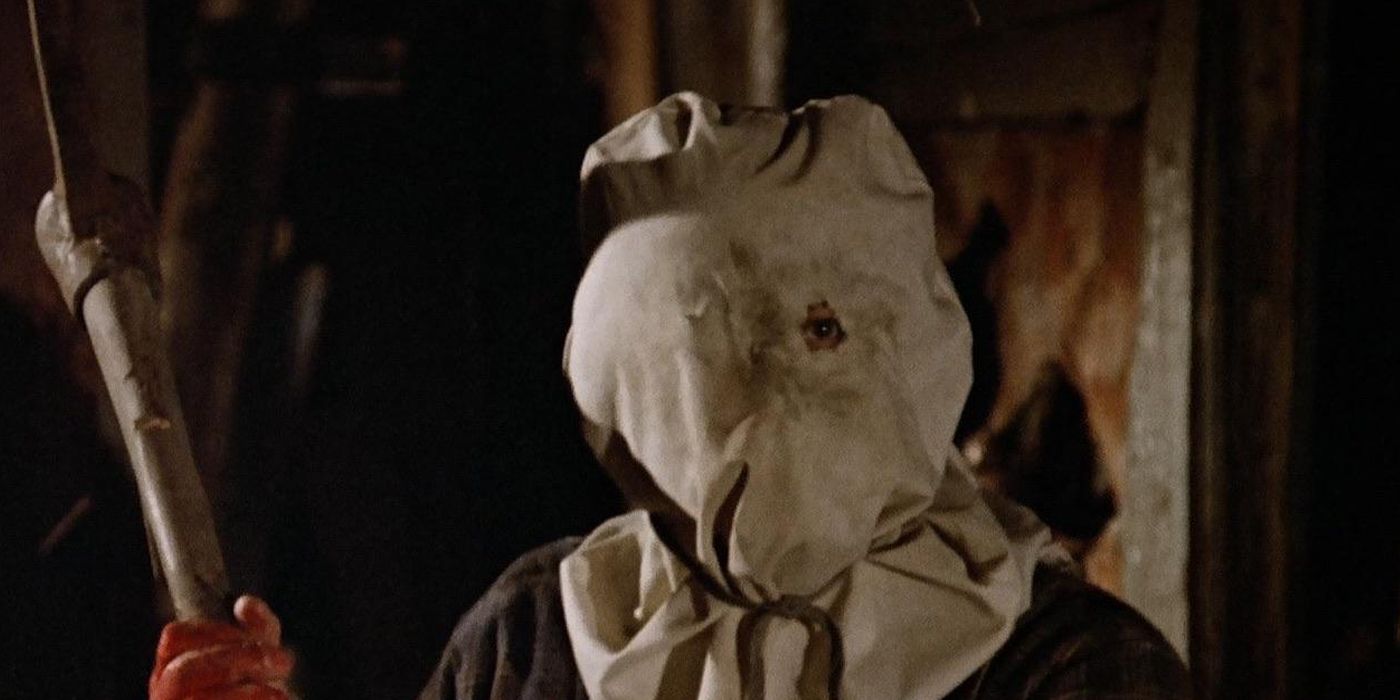
As Jason evolved, so did the scenery, with “rural and heavily wooded county of Litchfield” in Connecticut serving as the canvas for the 1981 sequel. Camp Kenmont, with its covert cabins alongside North Spectacle Pond, housed the harrowing stalking sessions of our villain. Yet, time hasn’t been kind to these places; structures like Alice’s house and the once-famed casino have succumbed to oblivion.
Part III and The Final Chapter: California’s Undying Connection
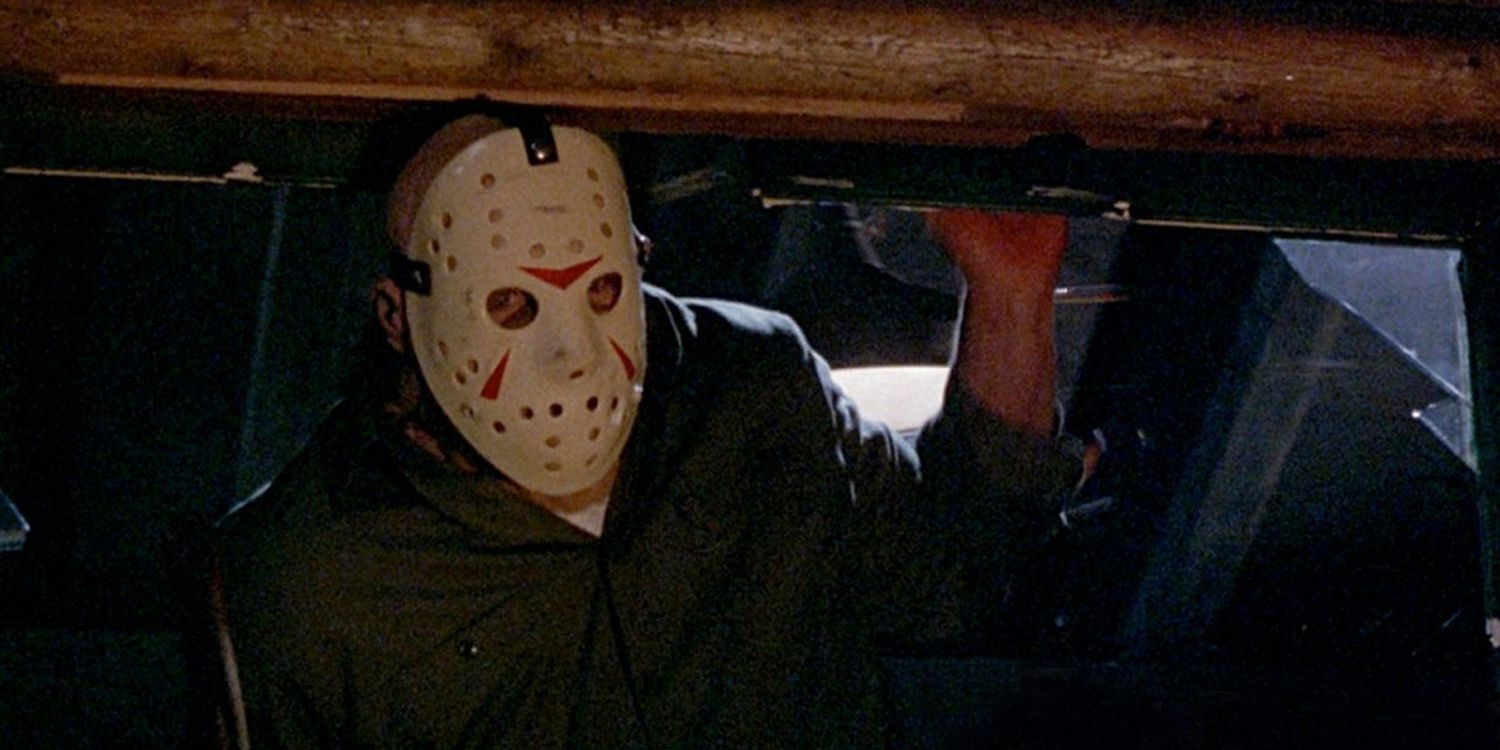
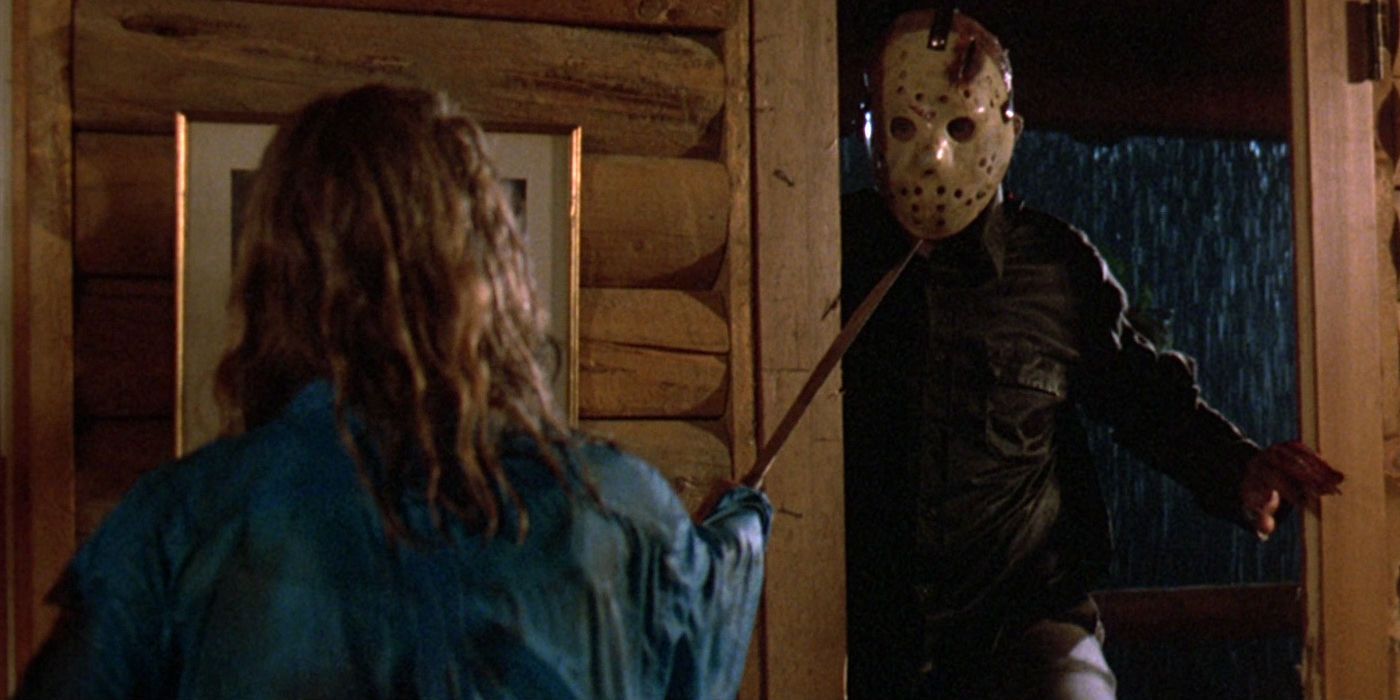
Jason’s reign of terror, notably for Part III, commandeered the Veluzat Motion Picture Ranch in Santa Clarita, California, which despite suffering a cabin fire in 2012, still stands as a significant production site. “The ranch is still used to this day as a production site,” capturing a fragment of immortalized fear within its bounds. Furthermore, Zaca Lake and its surrounding trails bore witness to the antics of The Final Chapter’s unlucky teens, embedding them in horror history.
An Unsettling Encounter in the Urban Wilderness: A New Beginning (1985)
When exploring the layers behind “Friday the 13th: A New Beginning,” the urban shift notably shadows the terror. Moving the production to various locations around Los Angeles, the movie injected an eerie contrast between the urban locale and the secluded, idyllic Franklin Canyon Park.
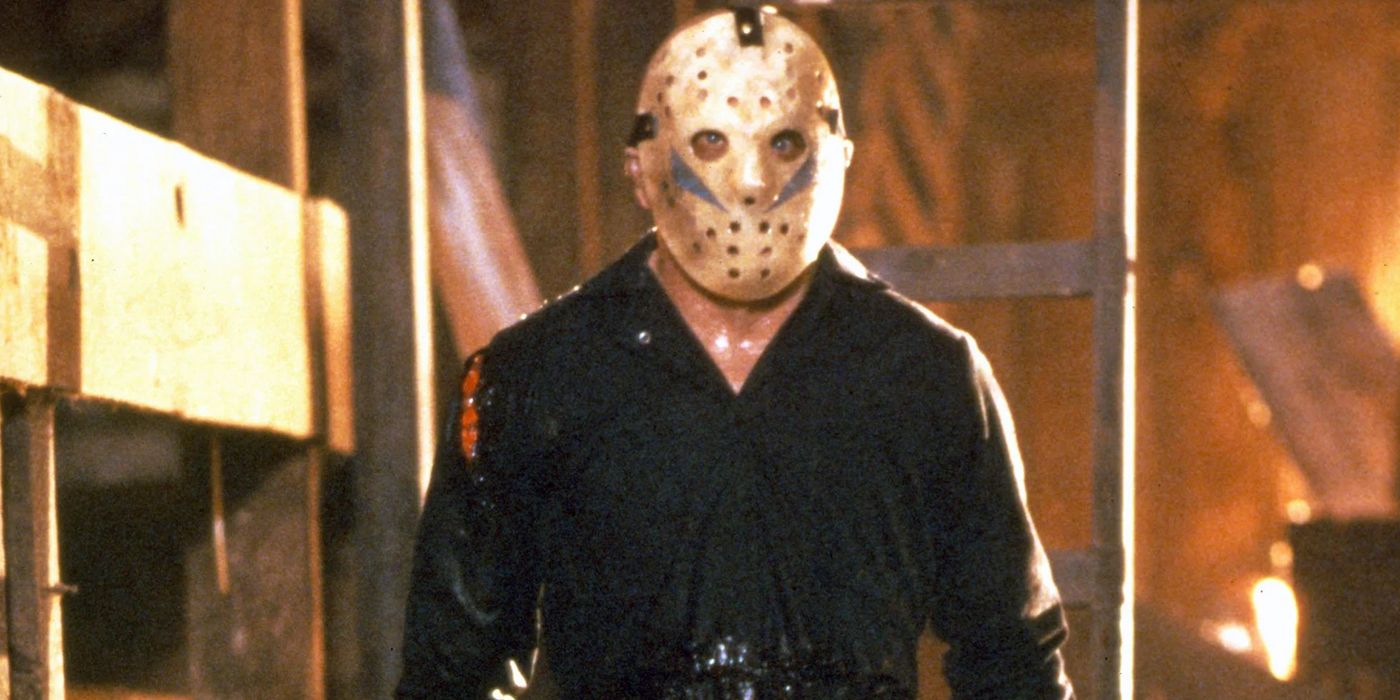
“The Pineway Halfway House where Tommy Jarvis is institutionalized is a privately-owned property called Rancho Rosito located in Camarillo, California.”
The subtle cue of involving Corey Feldman, albeit through a brief cameo filmed in his own backyard, married the film’s narrative with a somber reality, culminating a rather perturbing aura around the movie’s creation.
Into the Depths of Despair: Jason Lives (1986)
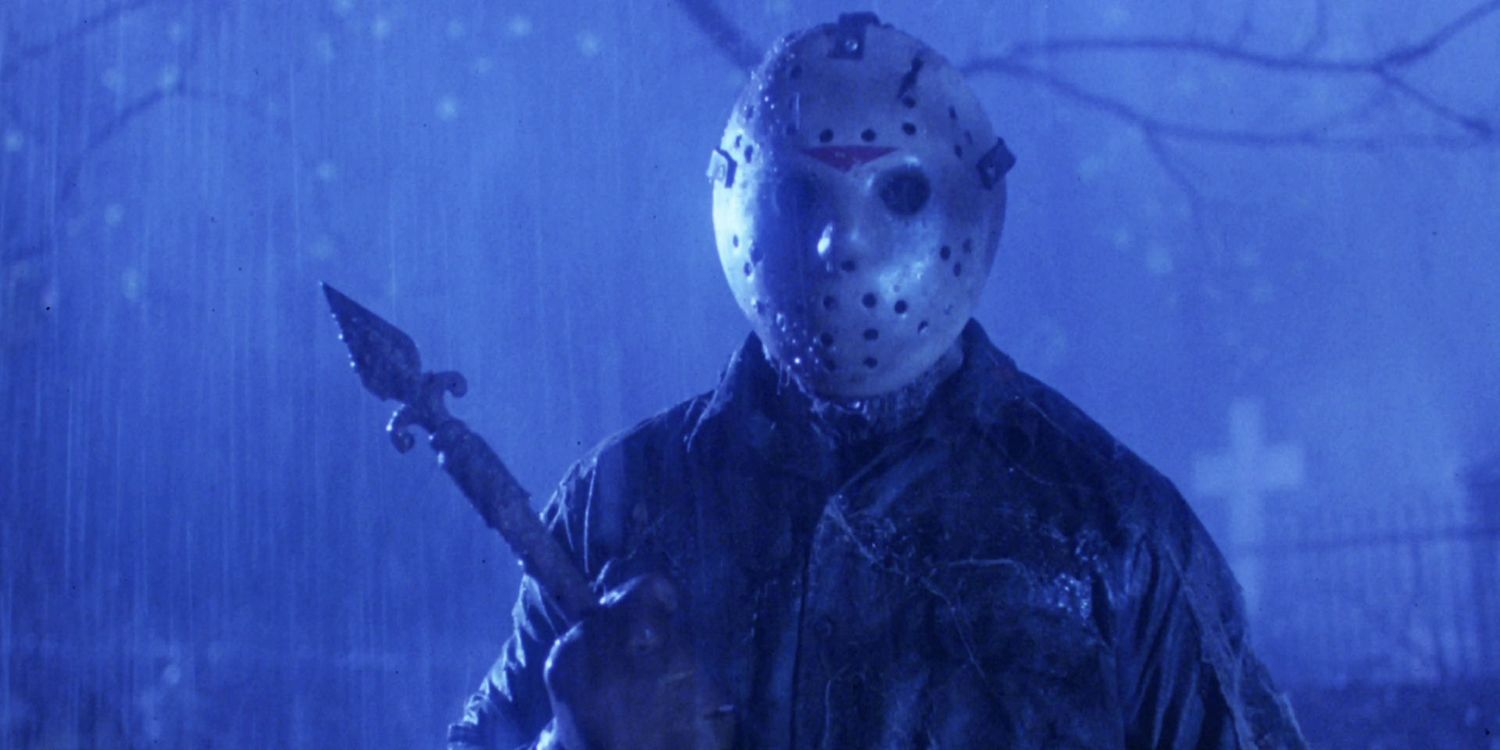
While “Friday the 13th Part VI: Jason Lives” took its spectral undertones to Georgia, the film explored a meticulous blend of different shooting locations. Engaging locales such as the quaint, yet eerie environs of Covington and the robustly scenic Camp Daniel Morgan around Hard Labor Creek State Park’s Lake Rutledge, Jason was resurrected amidst a tumultuous mélange of picturesque and haunting settings.
“It’s comforting to know that what is considered arguably the most entertaining entry in the series has had its shooting locations comparatively well-preserved.”
Jason Takes a Sinister Tour: The Iconic Environments from 1988 to 2003
Fast forward through multiple installations of the franchise, and we witness a consistent undertone – the environments, be it in the heart of Alabama in “The New Blood” (1988) or the misleadingly titled “Jason Takes Manhattan” (1989), imbue the series with a visceral veracity.
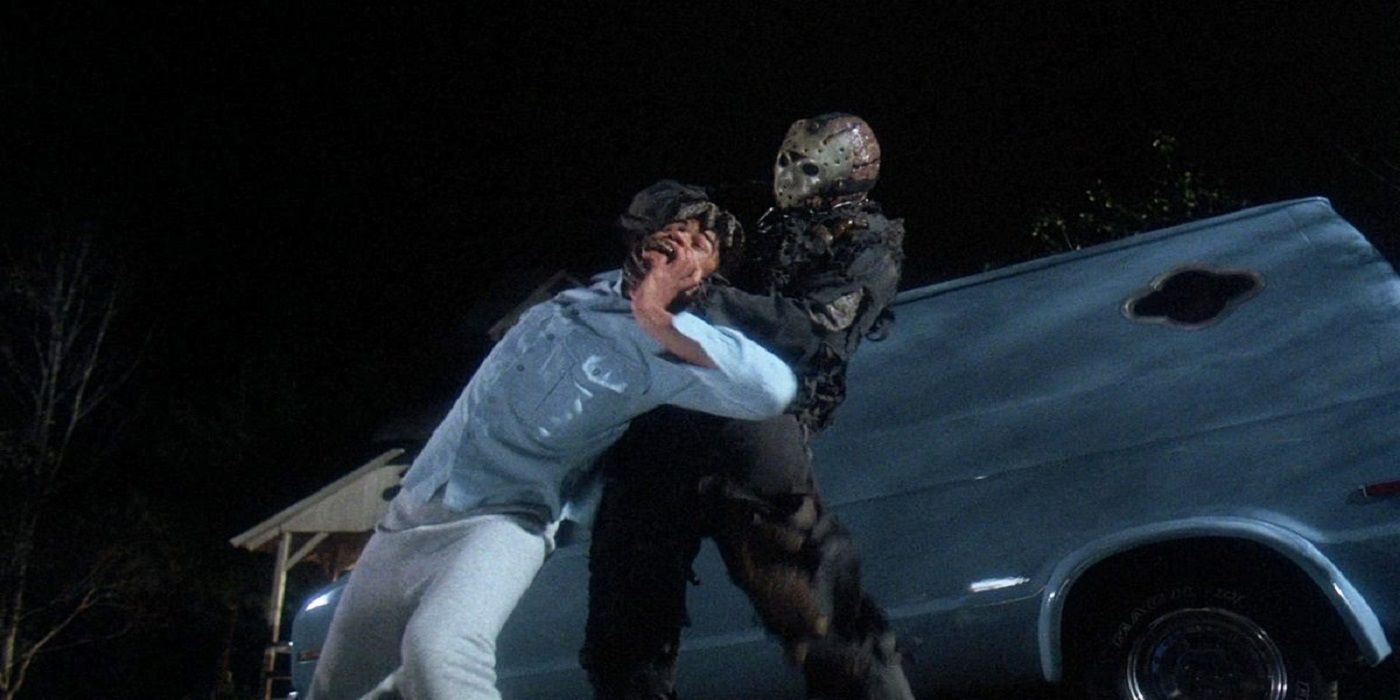
“The only scene that was legitimately shot in New York was in Times Square, which attracted a sizable crowd of Friday the 13th fans to watch Jason actor Kane Hodder perform in the hockey mask.”
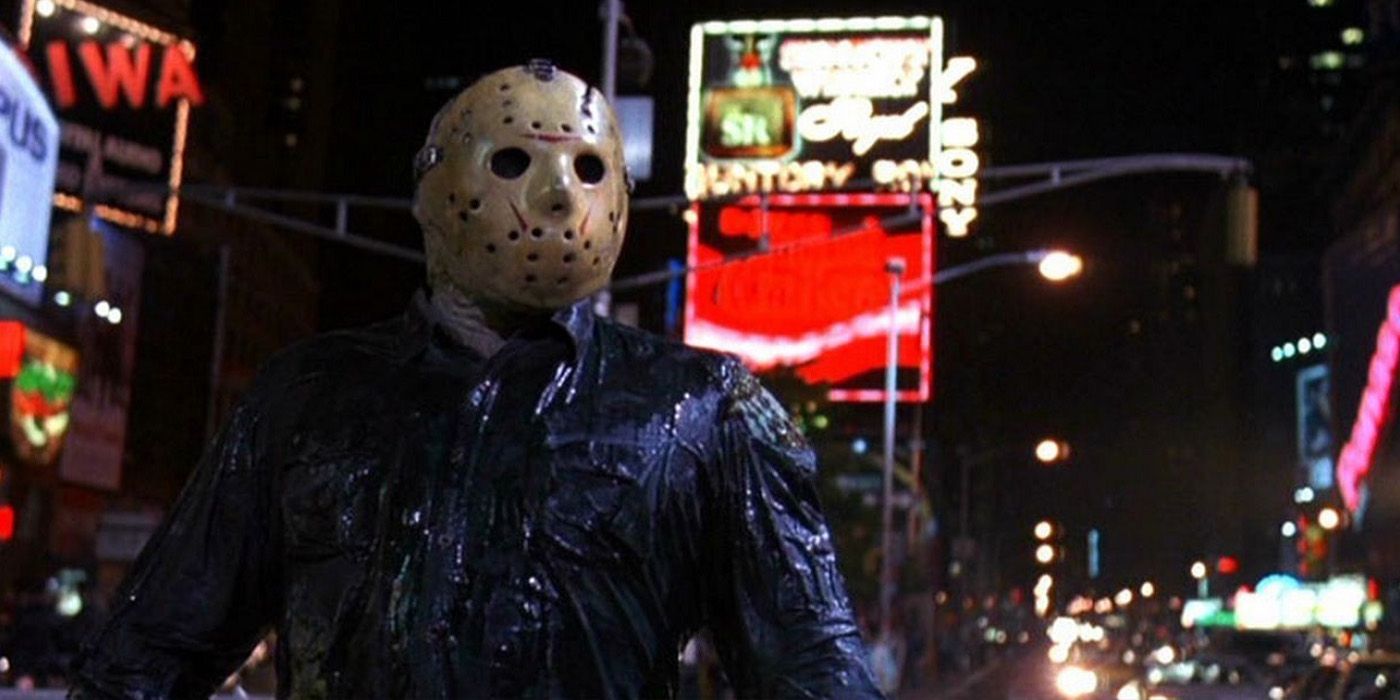
Jason’s ventures from the deceptive quietude of Byrnes Lake in Alabama to the bustling pseudo-realities of Times Square in Manhattan embroider the franchise with diverse cinematic tapestries, echoing variant shades of terror.
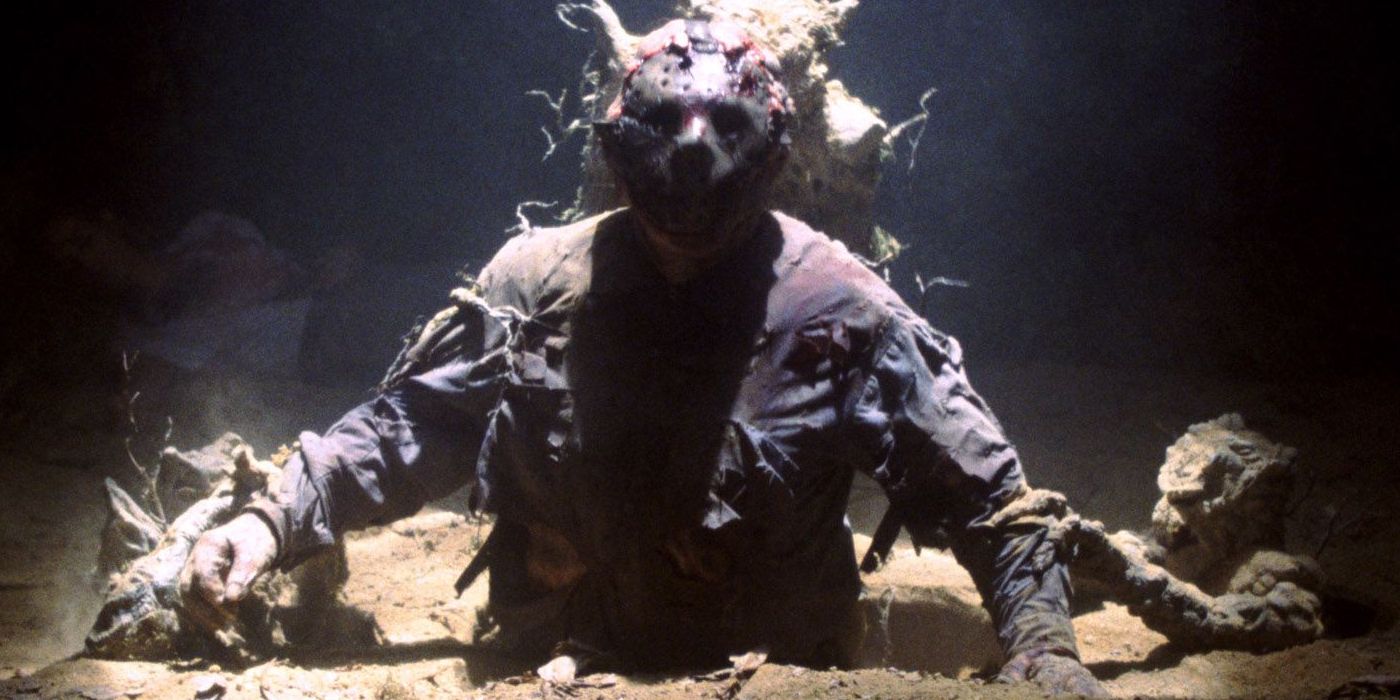
A Crossover in Chilling Terrains: Freddy vs. Jason (2003)
“Freddy vs. Jason” proved to be a testament to iconic slasher narratives converging amidst an avalanche of ghastly sequences and eviscerated dreams. It not only unified two sinister entities but also sculpted horror amidst the serene Buntzen Lake and the intricately constructed Universal Studios lot in Hollywood.
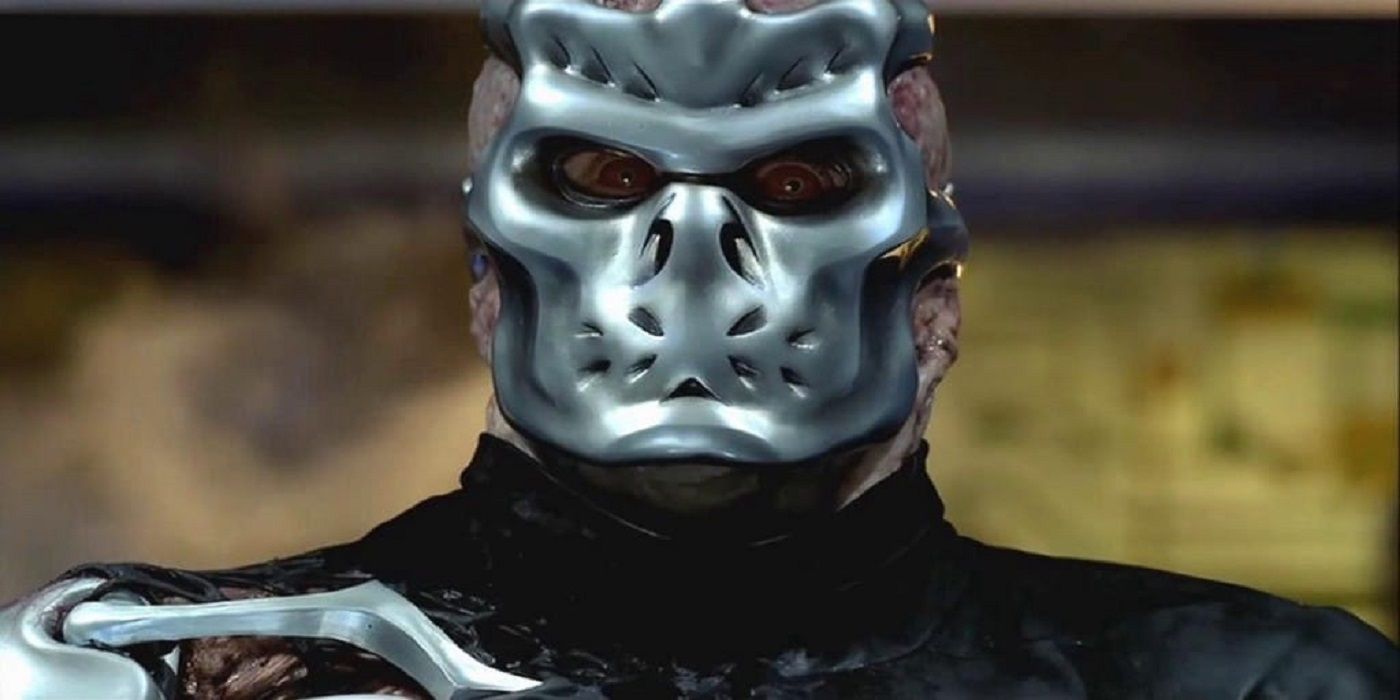
“Jason’s shack was located along the shore of the picturesque Buntzen Lake, although the set was demolished after filming.”
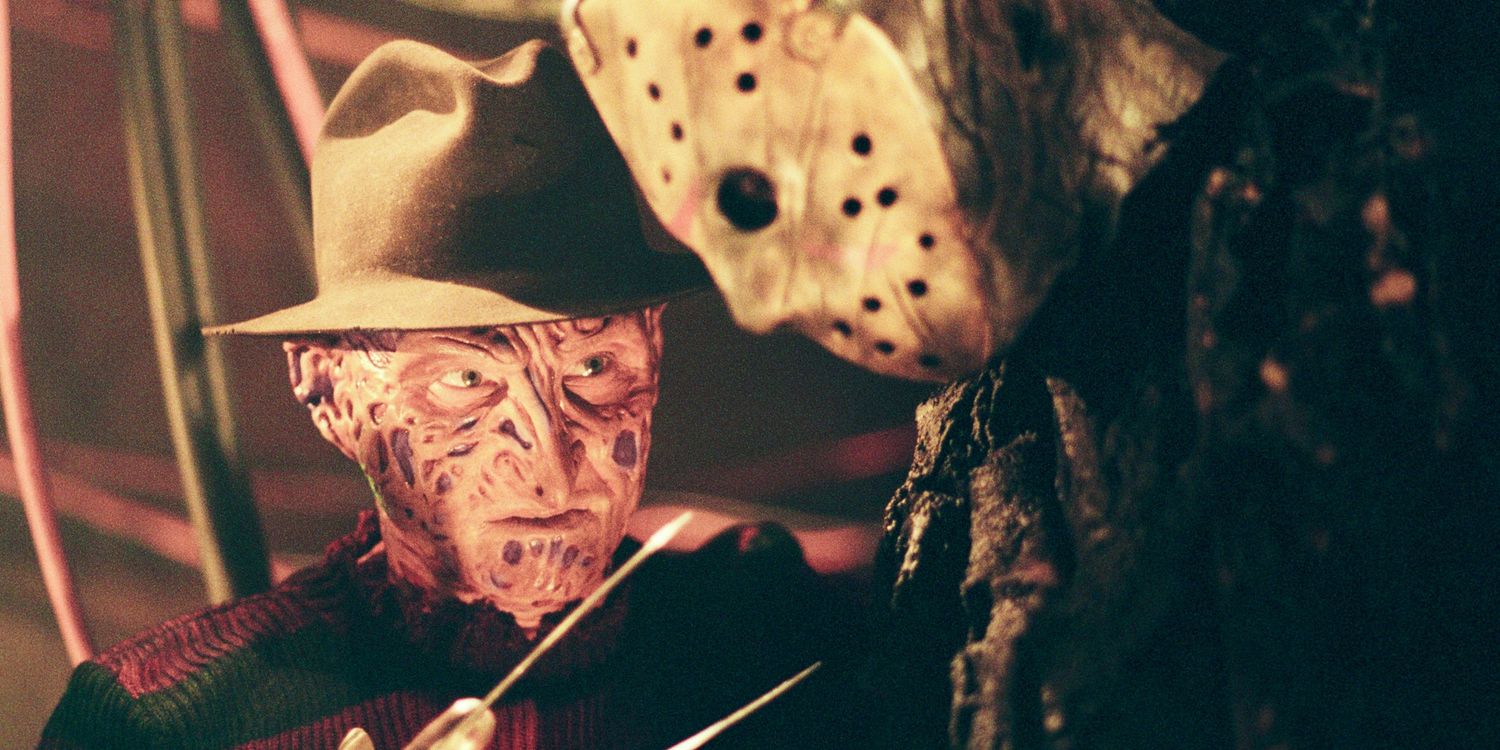
Reimagining the Legend: The 2009 Perspective
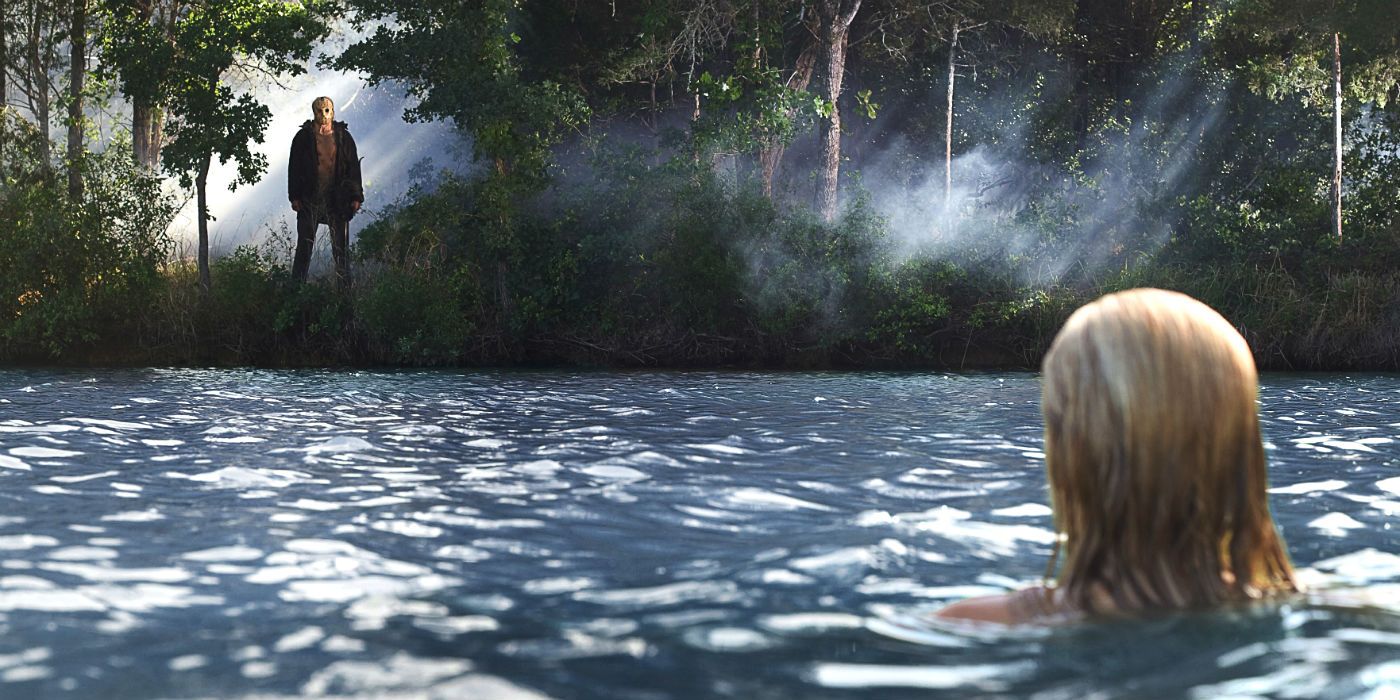
By 2009, “Friday the 13th” took a revived plunge into the horrors of Camp Crystal Lake, with Texas providing a fresh palette of frightful locales. From the secluded nooks of Bastrop to the accommodating spaces within Austin, the remake painted a modern, albeit nostalgic canvas for Jason to wield his malevolence.
Retrospect: When Reality Meets Horror Cinema
Engaging with these locations reveals an intricate map that has seamlessly blended reality and the cinematic universe. From the desolate remnants of structures in Connecticut to the subtle, concealed locales within Beverly Hills, and the serene, unsuspecting spots in Alabama, the dichotomy between the on-screen horror and off-screen normalcy presents a paradox as shuddering as the series itself.
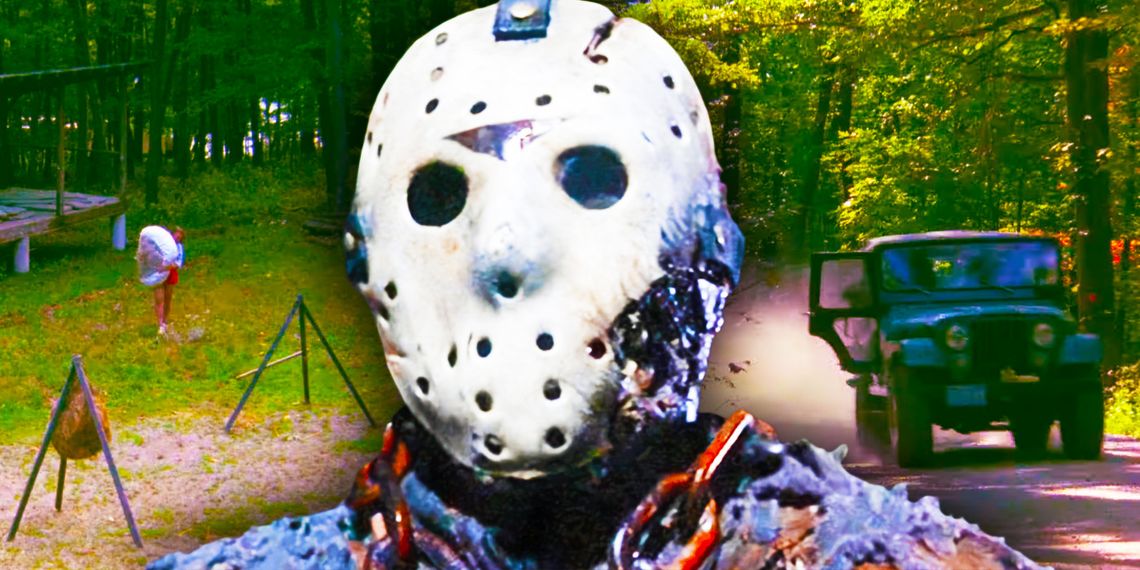
Each locale, from “Camp No-Be-Bo-Sco” to the deceived serenity of “Byrnes Lake”, and even the partially illusionary Manhattan escapade, is stitched into the broader tapestry of horror lore, forever echoing the sinister laughter and blood-curdling screams from the spectral depths of Crystal Lake.
With each visit, whether through screen or in-person during sporadic tours, we are invited to tread lightly on the thin line that divides the reel from the real, cautiously observing as the lingering echoes of Jason’s machete perpetually carve into the undying entity that is horror cinema.


